What Makes Dog Noses So Special

A dog’s nose is a marvel of nature, built for precision and discovery. It holds secrets that science is only beginning to understand, making it one of the most fascinating features in the animal kingdom. While it may seem like just another part of their face, its true capabilities will leave you amazed. Here’s a closer look at what makes a dog’s nose truly remarkable.
Dogs Have Unique Nose Prints
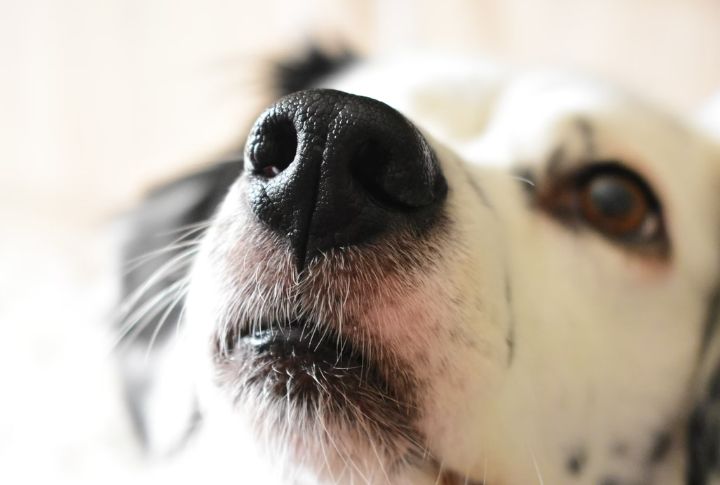
Did you know your dog’s snout is as distinct as a human fingerprint? The ridges and patterns on their muzzle create an exclusive imprint that never changes. In some places, pet registries use nose prints for identification, which proves that no two canines in the world have the same scent blueprint.
A Dual Airflow System For Sniffing
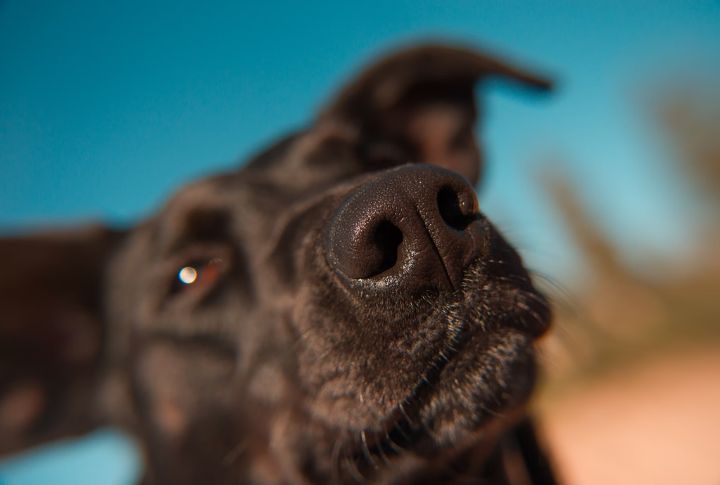
Your nose takes turns inhaling and exhaling, but dogs have a built-in superpower—they can sniff while taking in fresh air. Thanks to their complex nasal structure, they analyze aromas even as they breathe out. This uninterrupted olfactory ability allows them to follow moving targets without losing track.
The Hidden Heat Sensor That Detects Life
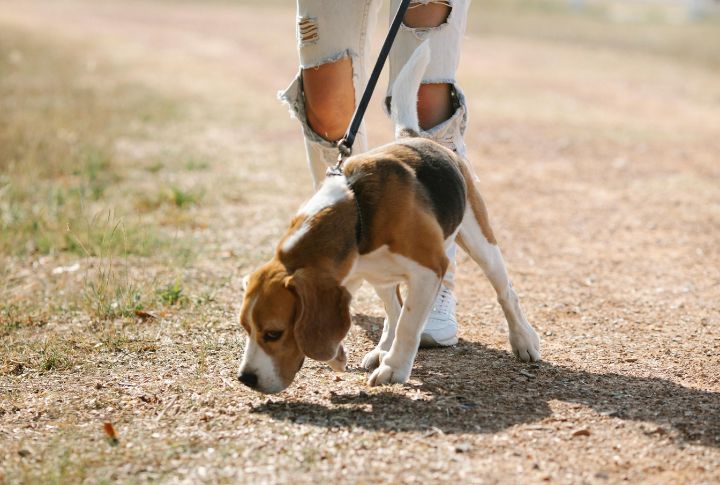
According to a study published in Nature, researchers confirmed that a dog’s nose can detect faint heat signatures from warm-blooded animals. This skill helps them locate lost individuals or sense prey in complete darkness. The moist, textured surface of their nose enhances this ability, which makes it an essential tool for survival and detection work.
Dogs Can Smell The Passage Of Time
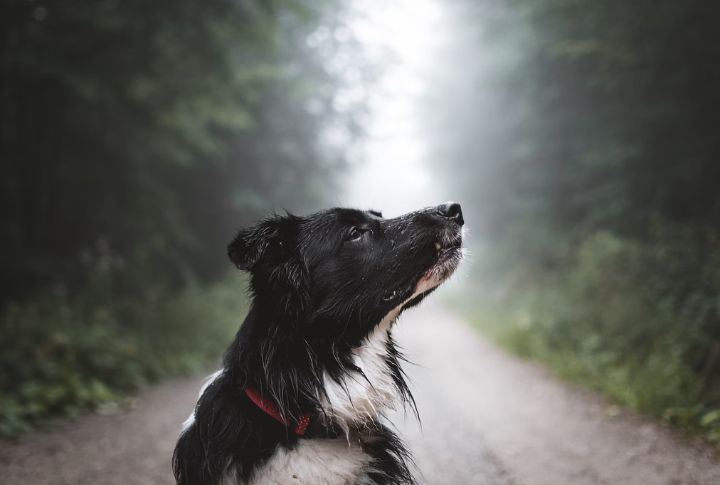
Odors change as time passes, and dogs can interpret these differences. Morning air carries crisp new scents, while the same area in the evening holds older, layered smells. By processing these scent shifts, dogs estimate how long ago something or someone was present, which gives them a unique time perception.
They Have A Secret Pheromone-Detecting Organ

Buried inside a dog’s mouth is a second scent-detecting tool, the vomeronasal organ. It specializes in picking up pheromones, the invisible chemical messages animals leave behind. This explains why dogs sniff each other intensely and how they detect emotions like fear or stress in humans without a single word spoken.
A Scent Memory That Lasts For Years
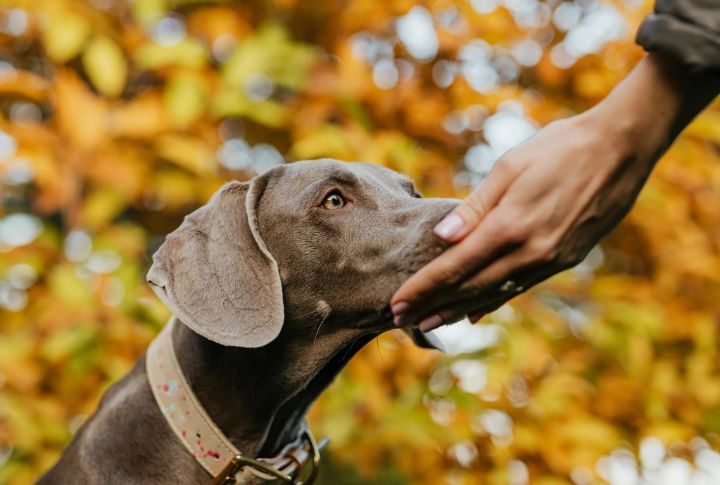
Once a dog identifies a specific odor, it stays locked in their memory for an astonishingly long time. Working dogs can recognize scents they were trained on years ago. This talent is why search-and-rescue canines can reconnect missing people with familiar smells even after extended periods.
Dogs’ Noses Are Designed To Keep Scents Fresh
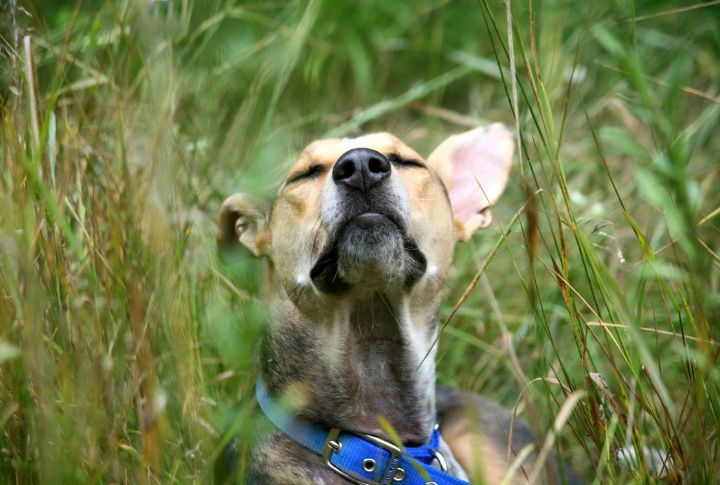
Ever noticed how your dog’s nostrils flare sideways when exhaling? This unique airflow prevents their outgoing breath from disturbing new incoming odors. Instead of blowing scents away, they push air out the sides while pulling fresh aromas in, which allows them to analyze every sniff with full accuracy.
Some Dogs Can Detect Illness Before Medical Tests Do

Dogs trained in medical scent detection can identify diseases like cancer, diabetes, and even malaria. Their highly sensitive noses pick up volatile organic compounds released by the body. Moreover, a study from the National Library of Medicine suggests that dogs may have a heightened ability to detect infectious diseases, as opposed to non-infectious conditions.
Dogs Can Smell Underwater

A dog’s nose isn’t just powerful on land—it works underwater, too. When submerged, dogs create air bubbles to capture scents and analyze them as they surface. This ability helps water rescue dogs locate drowning victims and retrieve submerged objects. Their remarkable olfactory skills allow them to track scents even in challenging environments where human detection fails.
Dogs Use Their Noses To Map Their World

For dogs, every scent is a landmark. They don’t just recognize places by sight; they build detailed mental maps based on smells. Whether it’s a familiar street corner or a new backyard, their noses help them maneuver and remember routes in ways humans could never comprehend.





